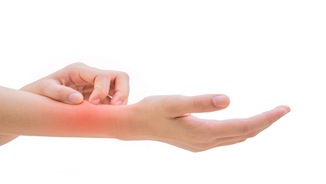Market surveillance is essential to determine the success of the marketing of a cosmetic product. Serious undesirable effects need to be reported to the competent authority and transmitted to the competent authorities of the other EU Member States.
Cosmetovigilance is the post-market surveillance of the cosmetic products which are available in the market for consumers. This post-market surveillance is the way to keep record of adverse reactions that may occur with the use of the cosmetic product and additionally perform and follow-up corrective actions when needed. Cosmetovigilance also allows to control or rule out potentially hazardous ingredients that may be present in cosmetic products
In the European Union (EU), cosmetovigilance is established under the Cosmetics Regulation (EC) No. 1223/2009. As stated in this Regulation, “ensuring traceability of a cosmetic product throughout the whole supply chain helps to make market surveillance simpler and more efficient”.
Member States need to monitor compliance with the cosmetics Regulation via in-market controls of the cosmetic products available on the market.
According to the EU Cosmetics Regulation (EC) No. 1223/2009, a Product Information File (PIF) for each cosmetic product must be prepared by a safety assessor (qualified person) before the product is placed on the market. This PIF shall be made readily accessible to the competent authority of the Member State (at one single address within the Community).
An undesirable effect is an ‘adverse reaction for human health attributable to the normal or reasonably foreseeable use of a cosmetic product’. A serious undesirable effect means ‘an undesirable effect which results in temporary or permanent functional incapacity, disability, hospitalisation, congenital anomalies or an immediate vital risk or death’.
The Responsible Person, distributors, end users or health professionals can report serious undesirable effects to the competent authority of the EU Member State, which shall immediately transmit the information to the competent authorities of the other Member States (and to the Responsible Person, if it was not reported by it). All serious undesirable effects (known and reasonably expected), the name of the cosmetic product (specific identification) and corrective measures taken (if any), need to be included in the information reported. Competent authorities may use the information for purposes of in-market surveillance, market analysis, evaluation and consumer information and can likewise request from the responsible person a list of cosmetic products that contain the substances which have raised serious doubts in terms of safety.
The Responsible Person and/or authorities have the responsibility to implement the corrective or preventive measures necessary. A change in the instructions of use or warnings of the label are examples of these measures.
References:
- Vigan M, Castelain F. Cosmetovigilance: Definition, Regulation and Use “In Practice”. Eur J Dermatol. 2014;24(6):643-649.
- Regulation (EC) No 1223/2009 of the European Parliament and of the Council of 30 November 2009, on cosmetic products















